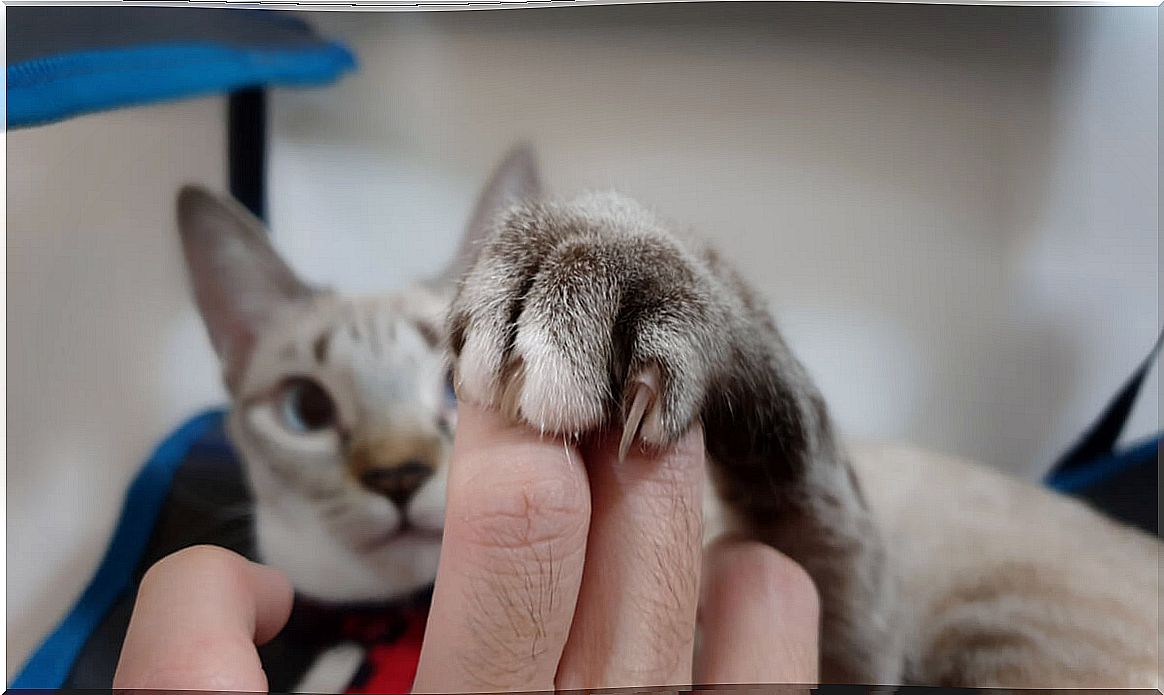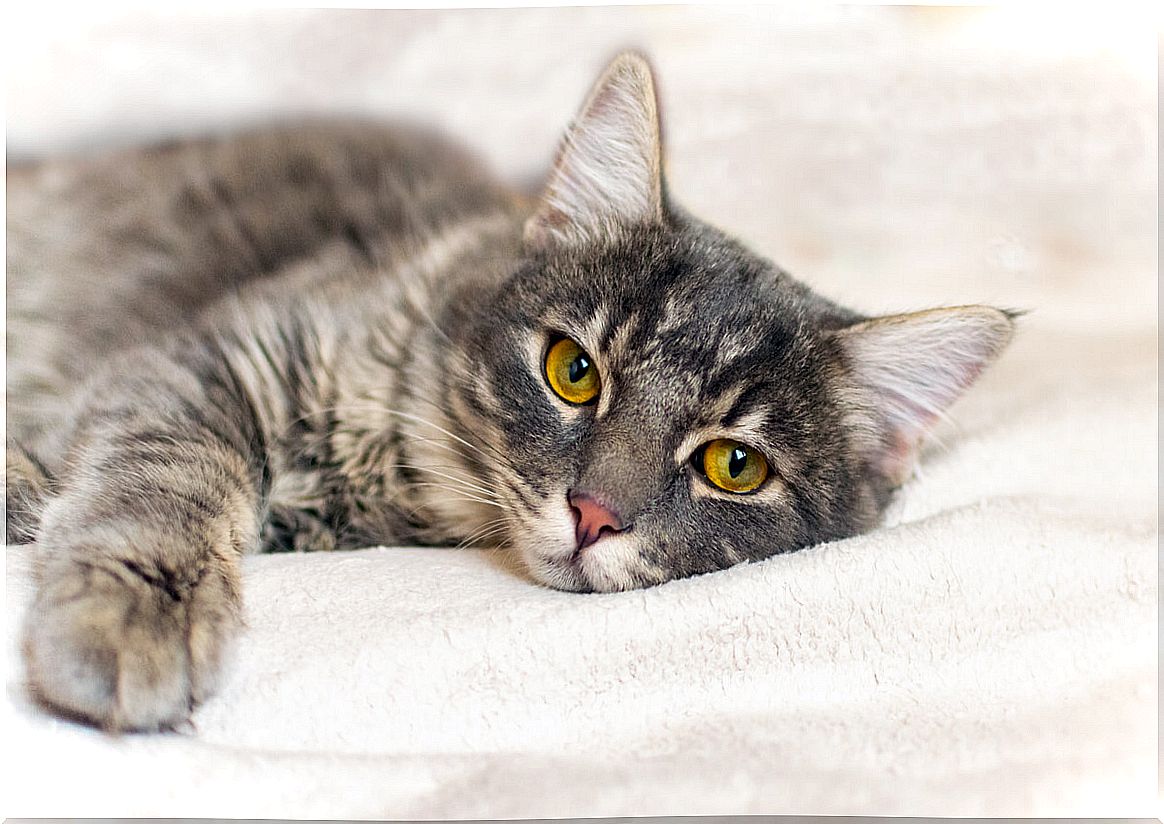Bartonella In Cats: Everything You Need To Know

Bartonella is a genus of Gram-negative bacteria that are transmitted to mammals by vectors – mites, ticks, fleas, and mosquitoes. There are about 22 species within this taxon, of which 3 have the domestic cat as their primary reservoir: B. henselae, B. clarridgeiae and B. koehlerae.
Bartonella henselae is of special clinical importance, since the feline can transmit the bacteria to humans through a scratch. This results in cat scratch disease, which is usually self-limiting and not serious, but can be complicated in 11-12% of cases.
Bartonella situation in domestic felines
According to the medical portal MSDmanuals, between 14% and 50% of American domestic cats have antibodies to B. henselae , that is, they have the disease or have experienced it at some point in their lives. Small cats with symptoms are estimated to have higher viral loads than infected adult cats.
Other veterinary brochures show us that in Europe 8% to 53% of cats have antibodies to the bacteria. It should be noted that, although it is much rarer, dogs can also be infected by microorganisms of the genus Bartonella. In addition, canids are more prone to symptoms than felines.
How does it affect humans?
99% of human patients with cat scratch disease report having been in contact with a feline in the last two weeks prior to infection. The annual incidence of this disease is estimated to be 4 people per 100,000 inhabitants, a relatively low figure.
Some of the symptoms of cat scratch disease in humans are as follows:
- Appearance of a blister in the place where the cat has scratched the patient. It is the first sign.
- Fatigue, fever, and headache.
- Swollen lymph nodes near the scratch. This is known as lymphadenopathy and it resolves spontaneously in 2-4 months.
- Complications such as eye infections or neurological manifestations may occur in a few patients.

Bartonella symptoms in cats
The vast majority of cats infected with Bartonella henselae are asymptomatic, so the guardian will never know that their pet has been ill. Even so, the infection caused by other microorganisms of the same genus can generate serious clinical pictures in the animal. Some symptoms of bartonellosis in cats are the following:
- Uveitis: inflammation of the uvea, the vascular layer of the eye below the sclera.
- Endocarditis: infection and inflammation of the tissues that line the valves and chambers of the heart. This condition can be fatal.
- Multifocal neurological disease.
How is the cat spread?
B. henselae is believed to be transmitted between cats primarily through the feces of fleas, intermediate vectors of the bacteria. The red blood cells of an infected feline are invaded by the pathogen during the disease, so fleas and other blood-sucking invertebrates take it with them when they bite the animal and disperse it through the environment.
Diagnosis and treatment in cats
The best diagnostic test to detect the disease is bacterial culture. This consists of isolating a sample from the feline and sowing it in a specialized medium. Experts will be able to observe the bacteria growing in it if it is present in the animal, thus confirming the disease.
In addition to this, the search for genetic material of the bacterium in the fluids of the feline is required, such as blood or oral mucous membranes. This serves as a definitive diagnostic support.
Regarding treatment, it is recommended to administer antibiotics to all infected cats that live with people at risk, whether or not they present symptoms. It should be noted that there is no confirmation that a combination of drugs is effective in all cases, but doxycycline and amoxicillin are usually the most used drugs.

As you may have seen, the Bartonella genus usually causes completely asymptomatic infections in cats and, in the case of humans, these are mild and resolve on their own over time. Even so, prevention is always better than cure: you have to respect domestic cats and do not invade their personal space, as this will save you a scratch.









